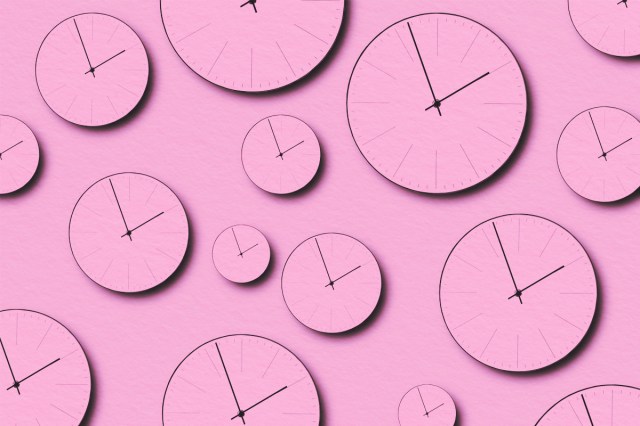7 Things That Are Much Cheaper Now Than They Used To Be
Despite what feels like the constantly rising costs of modern life, the prices of some essential commodities such as gas and eggs have actually remained relatively stable compared to dollar values and wages in the past. Other items, meanwhile, have actually become much cheaper over time, even when accounting for inflation. Innovations in technology, increased competition, and improvements in manufacturing and logistics are most often the reason for these surprising price drops. Here are seven everyday items that are much cheaper now than they were in decades past.

Clothing
In the mid-20th century, the average American family spent about 10% to 12% of their household income on clothing. Today, that figure has dropped to around 3%. It’s not because people are buying less: The average person buys about 70 new apparel items a year, compared to approximately 25 items per person in 1960. So why are people spending so much less?
Starting in the 1970s and into the 1990s, most U.S. clothing production moved overseas, where labor costs are lower and production output is higher. Those savings were passed onto consumers, and as fast-fashion brands proliferated, Americans had more options at lower prices than ever before. According to data from the U.S. Bureau of Labor Statistics, on average, a woman’s dress cost $50 in 1960. Adjusted for inflation, that’s about $530 today — not unheard of, but far above prices at the most popular clothing retailers today.


























